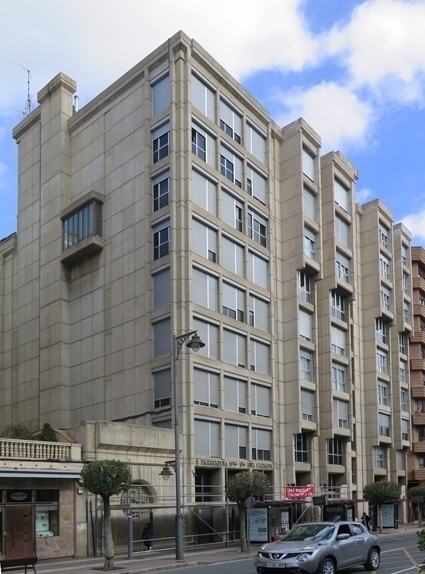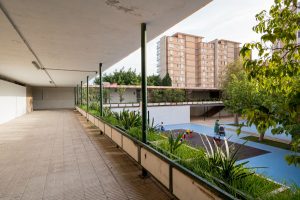Abstract
The aim of the present doctoral dissertation is to study two single‐family houses – the House at Ofir, by Fernando Távora (1923‐2005), and the House at Vila Viçosa, by Nuno Portas (1934) and Nuno Teotónio Pereira (1922) ‐, designed and built during the period of transition between de fifties and the sixties of the twentieth century, in Portugal. The two houses in study stand out in their historical context because they are seminal designs of referential authors of this period of profound change of Portuguese architecture. Their authors play major roles in this period of Portuguese history of architecture, contributing definitely for the search and establishing of a new modern architecture, through their writings, their designs and built work and, later on, their academic work. The two houses stand out for their condition of primordial works of a new way that is at that time beginning, and that opens up the path for a renewed modern architecture and for contemporary Portuguese architecture. They constitute the pivot between an architecture referred to regionalism and nationalism imposed by Salazar’s regime, and rationalist international modern architecture, recently implanted in Portugal, and a renewed modern architecture that seeks a different methodology, based on the integration of distinct cultural values, on place contextualization, centered in man and his cultural, social and psychological specificity. The investigation sets the two works in historical context and in the production of their authors, presenting a reading and analysis of their architectural characterization and establishing a set of ideassynthesis that establish the main conceptual options of their projects. The study recognises and characterizes the main themes of investigation that base their conceptual processes, and identifies the main influences that determine and condition them, cross‐referencing the direct reading of the designs and buildings with texts written by their authors and critical texts of referential authors of Portuguese architecture historiography. The investigation evaluates the importance of the two houses in study, as experiment and matrix, in the process of critical revision of Portuguese modern architecture, in the transition between the fifties and the sixties of the twentieth century. As experiment, assuming the house and its project as a privileged place for architectural experimentation; as matrix, assuming the house and its project as origin, main entity that generates others, place where other architectural achievements generate and take form. With this approach, the study evaluates the House at Ofir and the House at Vila Viçosa as experimental houses in the context of their authors’ production and in the context of Portuguese architecture of the period, establishing the different levels of experimentation achieved in their conception and construction; as matrix‐works in the context of their authors’ production, evaluating the continuity of methodology and design solutions established with the house, in their continued work. The thesis also evaluates the importance of the two houses as matrix for Portuguese architecture, establishing them as manifest‐works of a new condition of Portuguese modern architecture, and as pioneer‐works of contemporary Portuguese architecture.
Access the thesis











